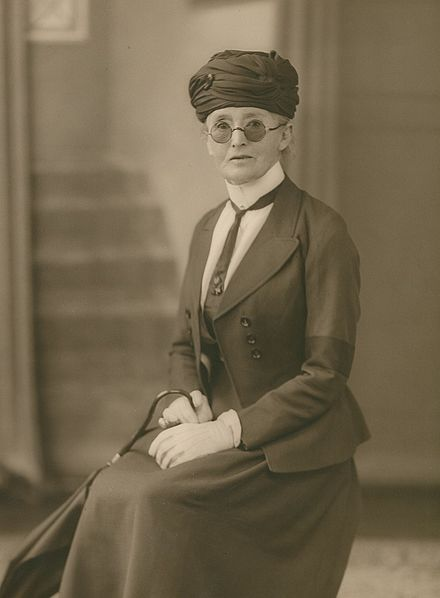
Mike Guilfoyle, vice-chair of the Friends of Brockley and Ladywell Cemeteries, follows a trail that takes him from a William Hillyard Baglehole buried in Ladywell cemetery to Daisy May Bates in Australia and Breaker Morant’s arrest and court martial for war crimes in the Boer War.
Sometimes when poring over cemetery records a name shouts out for further attention and offers an intriguing pathway to the lives of more famous or infamous characters.
In this instance, the name on the burial record (Ladywell and Brockley cemeteries) was that of a William Hillyard Baglehole (d.1887) who was the infant son of Ernest Clark Baglehole and Jessie Maria Rose.
In most instances this would have been where my routine enquiry might have ended.
But I then chanced on a link to show that Ernest had served as a crew member on various passenger ships sailing from Britain to Australia and it was in the course of one such voyage, that a maritime romance blossomed.
He thereafter entered into a bigamous marriage in June 1885 in a Sydney church (Australia) with a fellow passenger called Daisy Bates.

It appears that she soon tired of this relationship (her third marriage) and returned to live for a time in London to learn the trade of journalism, without having the marriage dissolved.
Ernest had married Jessie in 1881 at St Mary’s Parish Church, Lewisham, and he returned to sea to an obscure fate (although his death was recorded c1891). Jessie died in Royston, (Herts) in 1926.
Whether she was aware of his nuptial entanglements with Daisy is not recorded!
But his brief bigamous marriage with Irish-born Daisy May Bates continued to intrigue me.

I then discovered that she was one of the most famous and controversial figures in modern Australian history. who was known as the “White Queen of the Never-Never Lands”, the Australian Outback, who spent several decades living among Aboriginal tribes (and whose first marriage was to another controversial Australian figure called Harry Harbord ‘Breaker’ Morant *, who was executed by the British in 1902).
She was also married to a drover (cattleman) called Jack Bates, in February, 1885. They had a son, Arnold.
Daisy May Bates was born Margaret Dwyer (1859-1951). She was known as “kabbarli” (grandmother) and promoted herself as a protector of Aboriginal Australian welfare and culture, although her life was filled with deception and controversy.
She was an indefatigable recorder of what could be salvaged of the traditional Aboriginal culture and her achievements continue to excite passionate debate.
A film about Daisy Bates’ life was made in 2002. For an excellent overview of her remarkable life this post is a good starting point .
Somerset born Lieutenant Morant acquired a reputation as horse-breaker, drover, steeplechaser, polo player, drinker and womaniser. From 1891 he contributed bush ballads to the Sydney Bulletin as ‘the Breaker’.

But his posthumous fame resulted after his conviction and execution by firing squad for the murder of Boer prisoners and Dutch civilians during the Second Boer War (1899-1902) alongside a Lieutenant Peter Handcock.
He served with the Bushveldt Carbineers (an irregular mounted infantry regiment of the British Army raised during this conflict).
His arrest and court-martial for war crimes – was one of the first such prosecutions in British military history
The poignant end sequence of the film can be viewed here:
William Hillyard Baglehole is buried in Ladywell cemetery alongside his grandmother, Margaret Ann Hillyard (d.1905). His grandfather, William Edward Rose (d.1872) is also buried in Ladywell cemetery.
